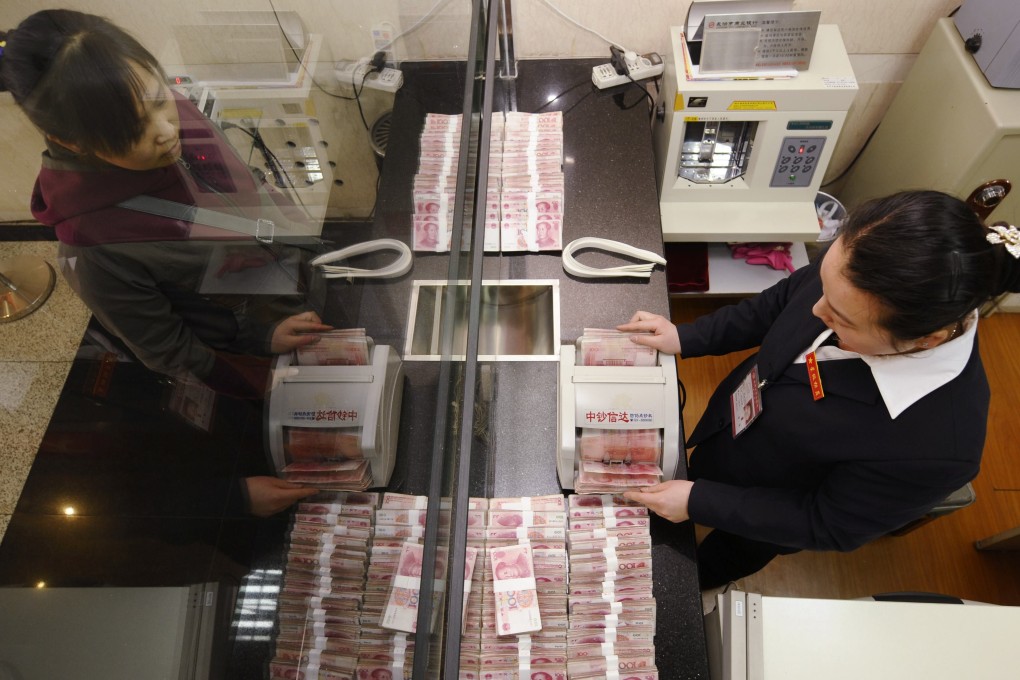China’s rural banks struggling under pressure of overdue loans as slow growth, trade war take their toll
- A total of 29 of China’s rural banks this year have applied to raise capital by selling new shares to replenish their balance sheets in 2019
- Almost a third have reported a non-performing loan ratio of more than 5 per cent, the so-called warning line established by regulators

Faced by the “cliff-like” plunge in the main business of their largest group of clients, which has entered an “unprecedented cold winter period”, the tale in northern Hebei province is one that is replicated across the country, China’s small rural banks are scrambling to raise new capital as they struggle to contain a rapidly rising number of overdue loans.
A total of 10 out of the 29 banks reported a non-performing loan ratio of more than 5 per cent, the so-called warning guideline established by the China Banking and Insurance Regulatory Commission.
Overall, 15 of the 29 banks recorded a rise in their non-performing loan ratio between 2007 and 2018, with some reporting almost five times the maximum ratio allowed by the securities regulator.
There have been a series of domino effects such as the suspension of production, the halting of bank loans, and unemployment of workers